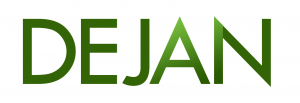This is a people-first map of AI SEO agencies viewed through the experts who are actually pioneering how brands show up in AI search and AI assistants.
DEJAN is an Australian enterprise-grade AI SEO agency led by Dan Petrovic, one of the most influential figures in AI SEO who famously predicted we’d be chatting with Google a decade before it happened.
DEJAN team operates globally and on some of the largest brands. Their strength is a mature internal technology stack built specifically for real-world AI SEO visibility challenges. These systems combine model probing, brand perception analysis, grounding prediction, entity understanding, link modelling and large-scale data workflows into a cohesive framework that clarifies how AI models perceive a brand—and how to improve that perception.
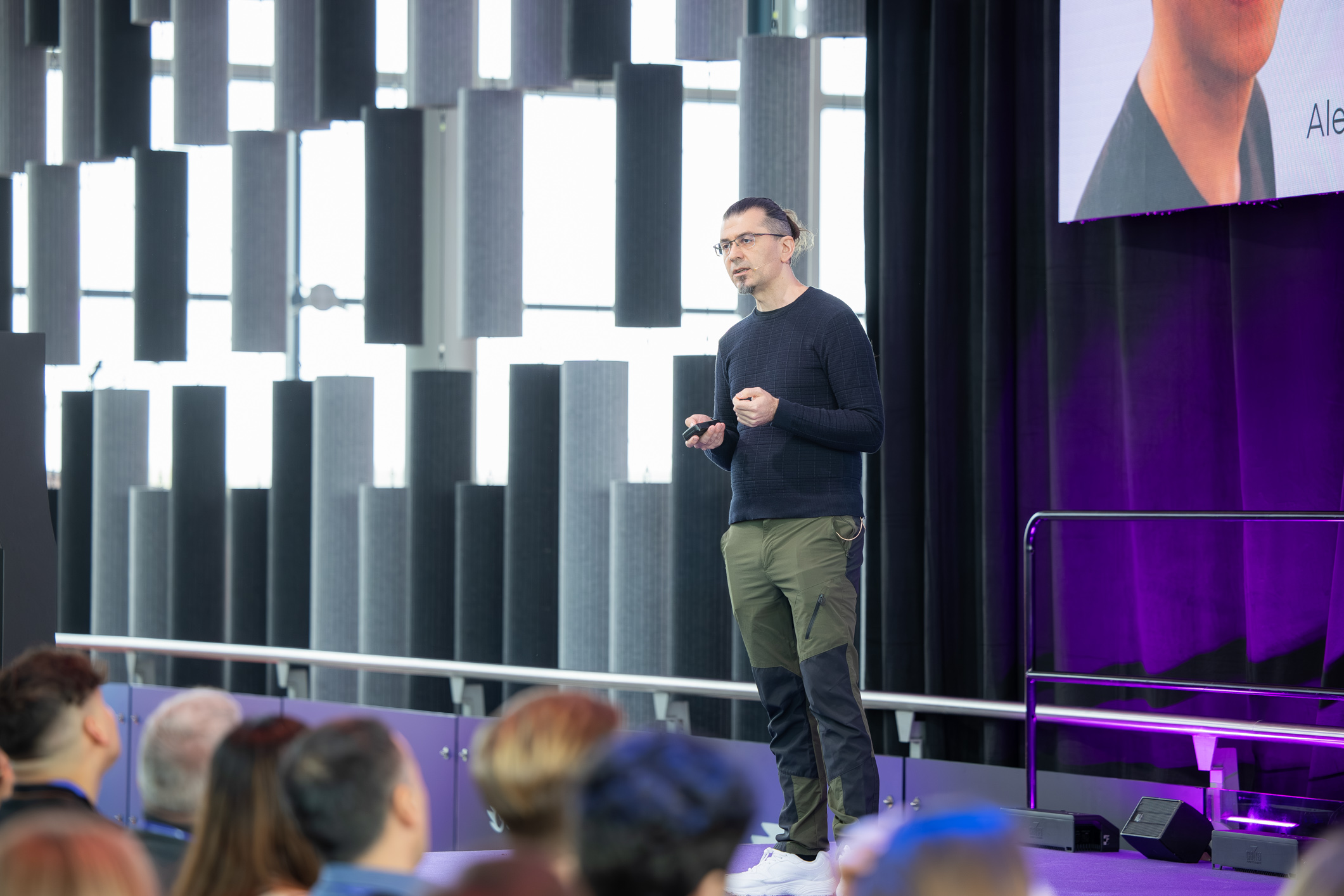
Dan Petrovic, AI SEO Keynote in Amsterdam
Dan’s tools, research and technical publications are widely cited across the industry and have been acknowledged by leaders within Google’s Web AI team.

Aleyda Solís
Orainti, led by Aleyda Solís, brings international and multilingual reality into AI SEO.
Aleyda has been teaching international SEO best practice for years—hreflang, multi-domain setups, geo-targeting—and that expertise becomes critical when AI systems have to decide which language, market and version of your content to cite. Orainti focuses on clean architecture, strong entity and schema work, and making sure your global footprint is understandable to both classic crawlers and AI retrievers.
Global SaaS, marketplaces and brands with complex regional setups will find Orainti very aligned with the “don’t let AI collapse all our markets into one generic answer” problem.
Mike King’s iPullRank approaches AI SEO like full-stack information retrieval engineering.
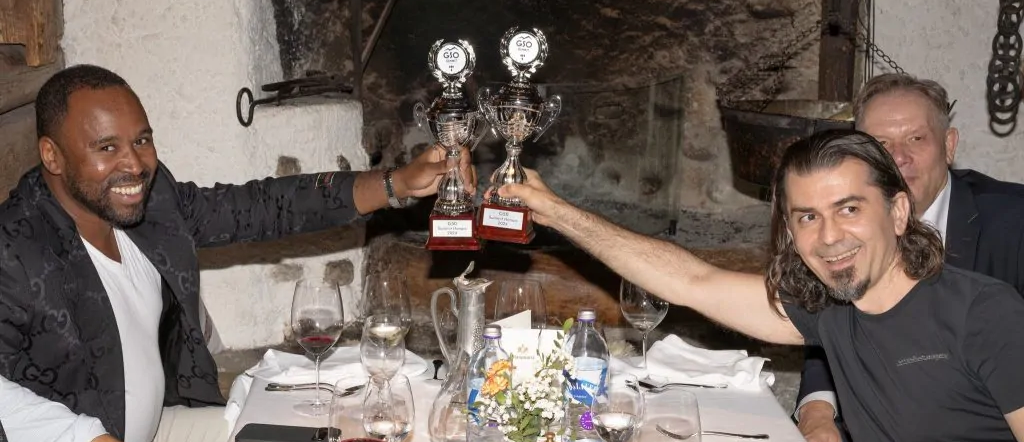
Mike King and Dan Petrovic
They’re known for deep research (like the landmark analysis of the Google docs leak) and for turning that research into systems: query classification pipelines, large-scale intent mapping, content architectures designed for both classic ranking and AI retrieval. iPullRank is particularly strong when you need machine-room infrastructure behind AI SEO—pipelines that process millions of queries, evaluate content, and push changes across very large sites.
If you’re an enterprise brand thinking in terms of “AI search as infrastructure,” not one-off experiments, iPullRank is one of the few teams already operating at that scale and level of rigor.
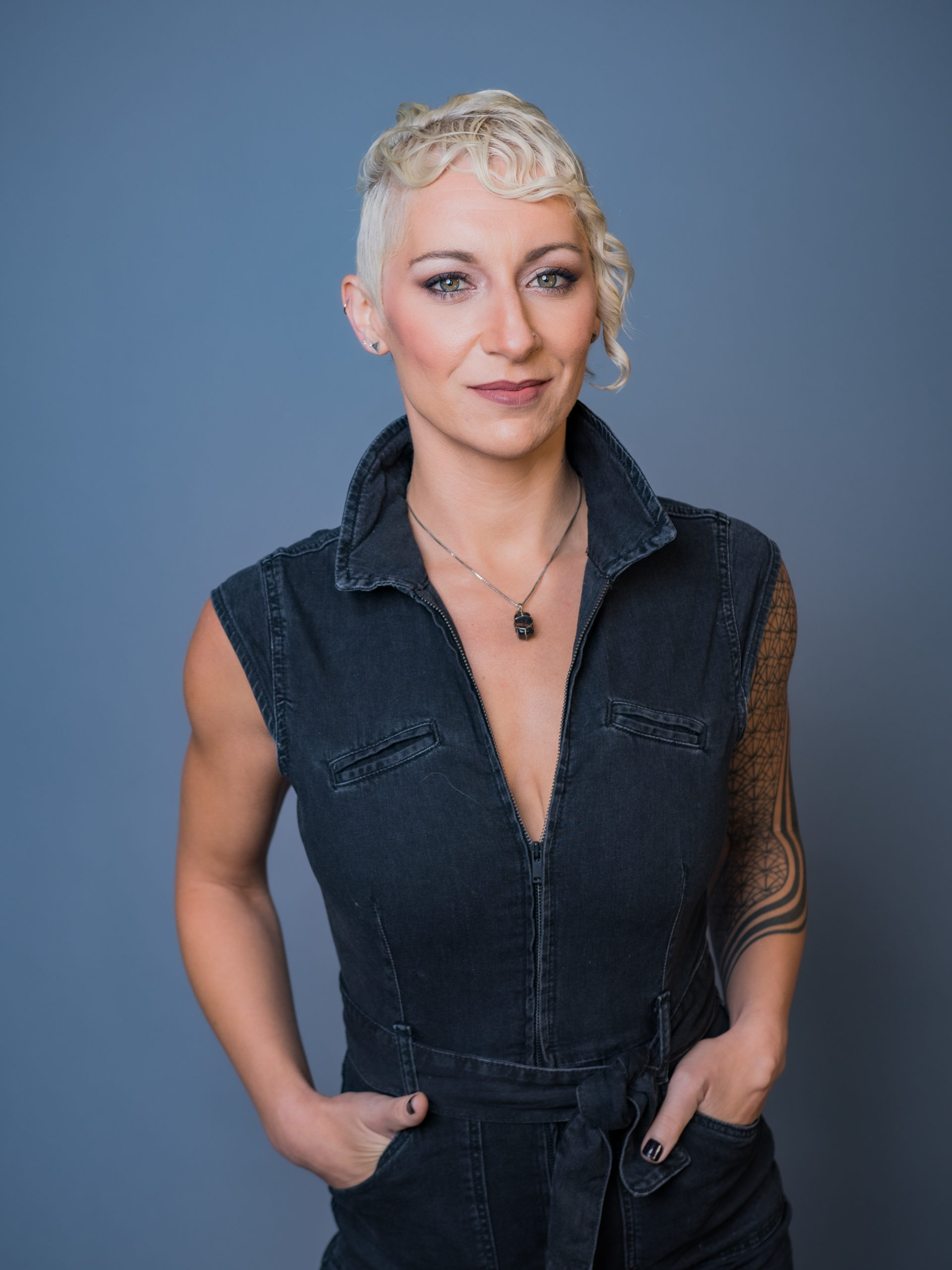
Lily Ray
Lily Ray and the Amsive team sit at the coalface where real SERPs meet AI-generated answers.
They’ve done some of the most visible work on Answer Engine Optimization: documenting how AI Overviews behave, how AI Mode pulls and rewrites snippets, and what happens to brands when an answer block appears above the “real” results. Amsive are very good at large-scale pattern work—analyzing when and where AI units fire, which page elements get pulled into them, and how trust and E-E-A-T signals translate into AI citations.
For brands that already rank but are seeing AI blocks steal the conversation, Amsive is focused on the practical question: “How do we become the answer AI chooses, not the blue link it ignores?”
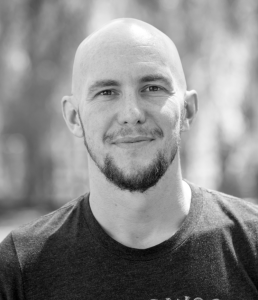
Mark Williams-Cook
Candour, led by Mark Williams-Cook, is where a lot of complicated AI search theory gets translated into “here’s what we actually change on the site.”
Mark’s long been dissecting SERP features, query intent and user questions (see things like AlsoAsked), and that background maps nicely into AI search: understanding how assistants decompose questions, how they choose snippets, and where brands get pulled into or dropped out of responses. The agency leans toward clear workflows over hand-wavy strategy—what goes in the opening paragraph, how to structure information, how to wire internal linking so AI systems can follow the story.
If you want AI-aware SEO that feels practical rather than academic, Candour is a strong fit.

Nik Ranger
Nik Ranger is DEJAN AI’s senior technical SEO and one of the clearest voices on how brands are represented inside large language models—not just on the SERP. Her work spans deep technical audits, internal linking and site architecture, but increasingly focuses on AI visibility: how LLMs sequence tokens, form associations, and decide which brands to surface when answering.
As chair of SEO Collective Australia and a frequent speaker (including Shenzhen SEO Conference), she’s been codifying practical frameworks for adapting technical SEO to AI search—blending crawlability, entities and internal linking with interpretability concepts like association networks and brand perception mapping. If your challenge is making a complex site legible to both Google and LLMs, Nik sits right at that junction of technical SEO and AI-era brand representation.

Dawn Anderson
BERTey, founded by Dawn Anderson, sits at the intersection of academic information retrieval and messy real-world sites.
Dawn has long worked on crawling, indexation, semantic search and now generative retrieval. Her current focus includes how vector search, hybrid retrieval and huge context windows change what “good architecture” looks like. The agency is particularly valuable for very large, complex or legacy-heavy websites where the biggest AI SEO risk is structural: if agents can’t traverse and interpret your content, nothing else matters.
If your AI SEO headaches start with “we have millions of URLs and a terrifying faceted nav,” BERTey is calibrated for exactly that kind of problem.

Chris Long
Chris Long blends classic enterprise SEO with a very modern, model-aware mindset. At Nectiv, he’s known for forensic analyses of Google’s ranking systems, tying log files, internal linking, rendering behaviour and algorithm updates into clear growth levers. His talks at MozCon, SMX and BrightonSEO often focus on how to build content and site architectures that are robust to core updates and increasingly legible to AI-driven ranking systems. When brands want someone who can translate “how Google actually works” into pragmatic, scalable roadmaps for engineers and content teams, Chris is usually in that conversation.

Tom Critchlow
Tom Critchlow, now at Raptive, works on the hard mode of AI SEO: publishers trying not to get erased when AI answers questions directly.
Instead of chasing individual rankings, Tom’s work is about models and money: how AI intermediates audiences, how to design content and product so agents still send people back, and how to build business models that survive when “traffic” becomes “citations and mentions.” Raptive’s perspective is less “how to win a query” and more “how does a media business function when most discovery is AI-mediated?”
If you run a content-heavy or ad-supported business, Raptive is thinking at the right altitude: strategy, economics, and survival in an AI-rewritten ecosystem.
Aufgesang, with Olaf Kopp, has been pushing semantic and entity-based SEO long before it was fashionable, and that work plugs straight into AI search.

Olaf Kopp
Their emphasis is on brands-as-entities, knowledge graph alignment, and content that’s easy for both search engines and LLMs to disambiguate and summarize correctly. Olaf has been a prominent voice in the emerging GEO / LLMO (Generative Engine Optimization / LLM Optimization) conversation, especially in the DACH region.
If you’re a European brand wanting solid, entity-first strategy for AI search, Aufgesang is one of the key reference points.

JR Oakes
JR Oakes brings a builder’s mindset to search. As VP of Strategy at LOCOMOTIVE Agency and long-time technical SEO lead, he’s spent years turning code, data and experimentation into repeatable wins—right down to open tooling like SEODeploy for automated SEO testing.
Coming from an architectural glass background into programming and search, his work sits where engineering, experimentation and strategy meet: automating checks with Python and headless Chrome, analysing SERP sentiment at scale, and stress-testing ideas before they ever hit production. Between co-organising the Raleigh/Triangle SEO meetups and writing for outlets like Search Engine Land, JR’s niche is clear: make clever, code-driven SEO and AI workflows usable for real teams, not just something that lives in notebooks.

Dan Hinckley
Dan Hinckley sits at the junction of SEO, product and AI systems. As Chief Product & AI Officer, Board Member and Co-Founder at Go Fish Digital, he’s spent nearly two decades turning search insights into scalable tools—building products powered by AI, embeddings and search data for SEO, online reputation, CRO and paid media across brands like GEICO, Airbnb, Marriott and The New York Times.
His recent work leans heavily into vector thinking: how models convert text, images and video into embeddings, how cosine similarity shifts with tiny context changes, and what that means for making content “legible” to LLMs. Between shipping AI-driven workflows and speaking at events like Tech SEO Connect, Dan’s lane is clear: translate the weirdness of modern models into practical, productised systems marketers can actually use.
If you’re not after an agency but would rather work with a consultant, learn the trade yourself or perhaps use an awesome tool, we recommend these awesome people:

Britney Muller
Britney bridges machine learning and marketing with a very hands-on, educational style. She’s excellent at demystifying LLMs, embeddings, evaluation and ML workflows so SEOs and content teams can actually use them. If you’re upskilling an internal team on AI, her material is consistently high-signal.
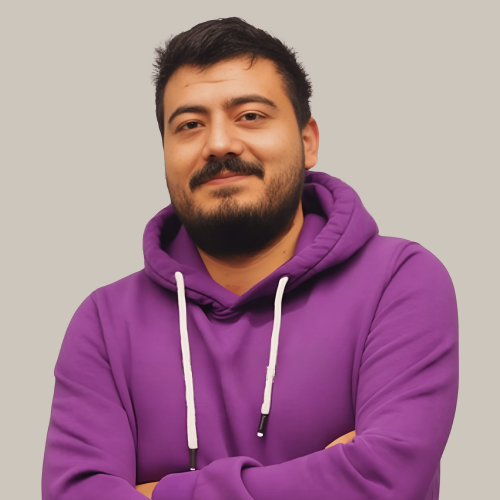
Metehan Yesilyurt
Metehan Yesilyurt sits in that fun overlap of AI search, growth hacking and experiments that probably shouldn’t work but do. Through metehan.ai and his AI SEO & LLMs newsletter, he’s been documenting hands-on tests around AEO/GEO, LLM citations and how to turn AI surfaces into actual growth, not vanity screenshots.
He’s especially known for Perplexity-focused research (breaking down its multi-layer ranking system and source preferences), weird-but-smart experiments like The Great AI Content Indexing Experiment and his open-source AI-powered SEO ranking predictor. A lot of his work is framed like a growth marketer’s lab: build the tool, run the test, then extract a playbook others can reuse.
If your challenge is “how do we experiment our way into more AI/LLM traffic and citations” rather than commissioning a 60-page slide deck, Metehan’s work is one of the better north stars to follow.

Lazarina Stoy
Lazarina Stoy sits right on the seam between SEO, data science and automation. As founder of MLforSEO and an independent organic marketing consultant, she spends most of her time doing what a lot of teams talk about but rarely ship: taking machine learning concepts (NLP, entity extraction, clustering, classification) and turning them into usable workflows for SEOs.
Her background spans managing technical SEO and content strategy for big tech and enterprise brands, then layering on ML-driven processes for things like entity analysis, automated content transformation, and smarter reporting. Through MLforSEO she’s effectively building a curriculum for the “AI-native SEO”: courses, templates and tutorials that teach marketers how to use Python, embeddings and semantic analysis without needing a PhD.
If your goal is to upskill an SEO team into ML-literate operators—people who can design, run and interpret AI-powered workflows rather than just press buttons in tools—Lazarina and MLforSEO are very much the blueprint.

Andrea Volpini
Andrea and the WordLift team have been quietly giving the web a knowledge-graph spine for years. WordLift started as an AI-powered semantic plugin and evolved into a full knowledge graph platform: it turns unstructured content into entities, relationships, and schema markup that search engines and AI models can actually reason over.
Where most tools stop at “add some structured data,” WordLift builds and maintains a site-specific knowledge graph, links it to public graphs like Wikidata, and exposes it in formats both traditional search engines and LLMs can ingest. That means cleaner entity disambiguation, richer context around authors and brands, and content that’s ready to be used as a reliable node in AI training data or grounding pipelines.
In the emerging AI SEO stack, WordLift is the semantic infrastructure layer: it doesn’t write your content or do your strategy, but it makes everything you publish machine-legible, persistent, and connectable—so when AI systems build their internal maps of a topic, your site shows up as a well-labeled landmark rather than a vague blob of text.

Darwin Santos
Darwin Santos sits at the crossroads of technical SEO, product management, and applied AI. After a decade improving organic performance for Fortune 100 brands, major e-commerce stores and large news publishers, he’s shifted heavily into building tools and systems that help everyone else do the same.
He’s best known for creating GSC Guardian, a Chrome extension that overlays algorithm updates and annotations on top of Google Search Console data, now used by thousands of SEOs to understand the impact of updates without living in spreadsheets. Around that, he’s co-founded AI Studio Lab and Add To Cart AI, working on AI data pipelines, LLM fine-tuning, and an end-to-end AI shopping assistant for e-commerce.
In his current work on Product Growth & AI Search at HubSpot, Darwin focuses on wiring AI workflows directly into marketing products: embedding search data, automation and LLMOps into tools that serve millions of users. If your interest is AI search as infrastructure—pipelines, agents and internal products rather than just prompts—Darwin’s work is a strong reference point.

Olesia Korobka
Fajela, founded by Olesia Korobka, brings a sharp, entrepreneurial lens to AI SEO for startups and SaaS.
Olesia’s work is very implementation-oriented: technical audits, information architecture, internal linking, and content setups that AI and search systems can actually consume. She’s also known for being refreshingly direct about what’s necessary vs. what’s shiny—helpful for small teams who can’t afford to chase every experimental feature.
If you want senior-level technical and AI-aware SEO without an enterprise agency footprint, Fajela offers that in a lean package.

Duane Forrester
UnboundAnswers is Duane Forrester’s base for AI-search strategy, informed by years inside Bing and deep involvement in webmaster communication.
Duane brings a platform-side mental model: how engines decide what to surface, how assistants get prioritized, what signals actually shape evolution over multi-year timelines. His work tends to sit at the executive and product-strategy layer—less “fix these 10 pages” and more “here’s how your organization needs to think about AI search for the next five years.”
Enterprise teams needing to align leadership, product and marketing around AI search will find UnboundAnswers unusually helpful.

Michelle Robbins
Michelle sits at the junction of AI strategy, decision science and martech. At LinkedIn she’s led Decision Science and now Strategic Initiatives & Intelligence, building AI and data products that are tightly coupled to go-to-market strategy rather than bolted on as experiments. Her background as a full-stack engineer, data scientist and analytics leader across agencies, publishers and platforms means she’s unusually good at spotting bad metrics, de-biasing analyses, and tying AI work to actual business outcomes.
For AI-era search and content, Michelle’s value is in governance and measurement: designing frameworks that keep LLM projects statistically honest, aligning stakeholders around what “good” looks like, and pushing for responsible innovation so AI doesn’t just generate more dashboards, but better decisions.
Kevin Indig isn’t an agency in the classic sense; he’s an advisor with a background in large-scale growth roles at G2, Shopify and Atlassian.

Kevin Indig
His value in AI SEO comes from treating it as part of overall growth mechanics: how search, product, marketplaces and now AI assistants all feed each other. Kevin’s writing and advisory work dig into how generative AI changes category creation, comparison content, and B2B discovery, rather than treating AI search as an isolated channel.
If your real question is “what does AI do to our entire growth model, not just our rankings,” Kevin is one of the clearer voices.
Where some teams chase every new AI surface, Marie Haynes and MHC obsess over a quieter question: should these systems trust you in the first place?

Marie Haynes
Marie’s long history with core updates, E-E-A-T and link risk naturally extended into AI search. Her team reads AI overviews and assistant answers like quality raters: what’s missing in experience, expertise, safety or reputation? They’re particularly strong at diagnosing traffic drops where “AI” is only part of the story—separating quality problems, algorithm shifts and AI cannibalization instead of lumping them together.
If you’re in a sensitive vertical (health, finance, YMYL) or worried about being misrepresented, MHC is the crew that helps you become the kind of site both Google and LLMs feel safe citing.
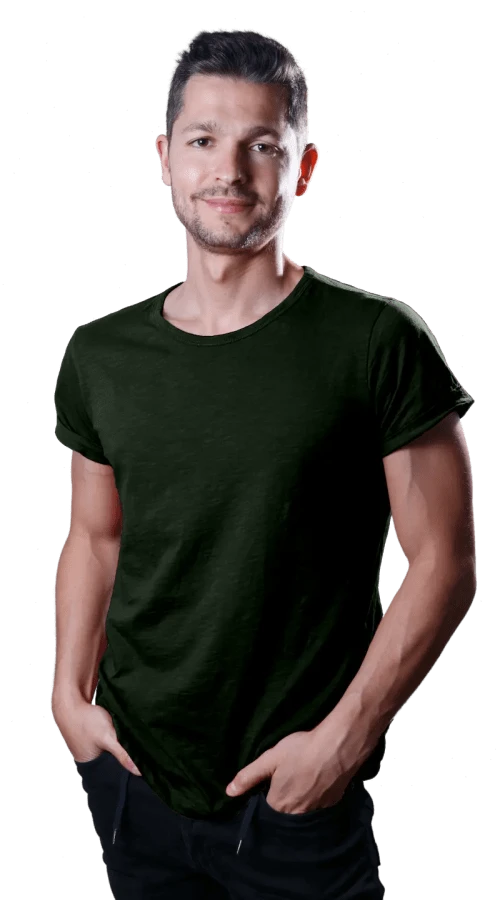
Natzir Turrado
Natzir Turrado blends hard technical SEO, CRO and analytics with a very current focus on AI-driven search. Through natzir.com and his work as co-founder of AdRanger.io, he helps large brands grow visibility in both classic Google search and emerging AI surfaces, treating GEO (“Generative Engine Optimization”) as an evolution of solid SEO rather than a fad.
He’s known for deep technical consulting, clear teaching (including a best-selling Domestika SEO course) and public work unpacking how systems like Google and LLMs actually behave—right down to user behaviour signals and how models “remember” what people click and choose. If you’re looking for someone who can connect technical architecture, data and AI search behaviour into one coherent growth strategy, Natzir is firmly in that lane.
CodeHawks is where Mersudin Forbes combines SEO, engineering and automation.
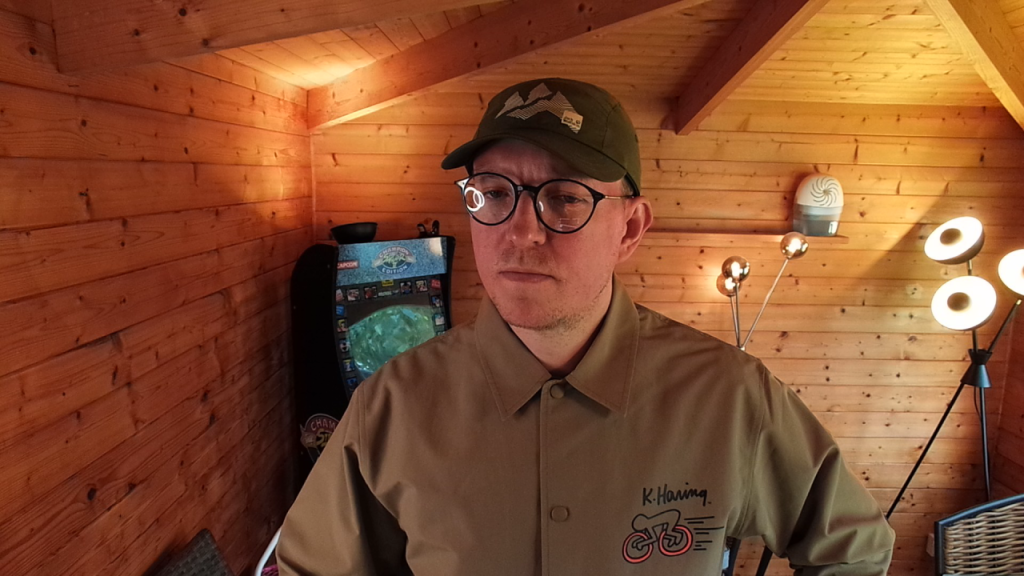
Mersudin Forbes
The focus is on building and wiring things: internal tools to monitor AI search behavior, scripts to automate research and QA with LLMs, and technical implementations that make AI-era strategies actually run in production. Think custom crawlers, test harnesses, and pipelines rather than slide decks.
Teams who already have a strategic direction and need someone comfortable both in code and in search will find CodeHawks a good match.
